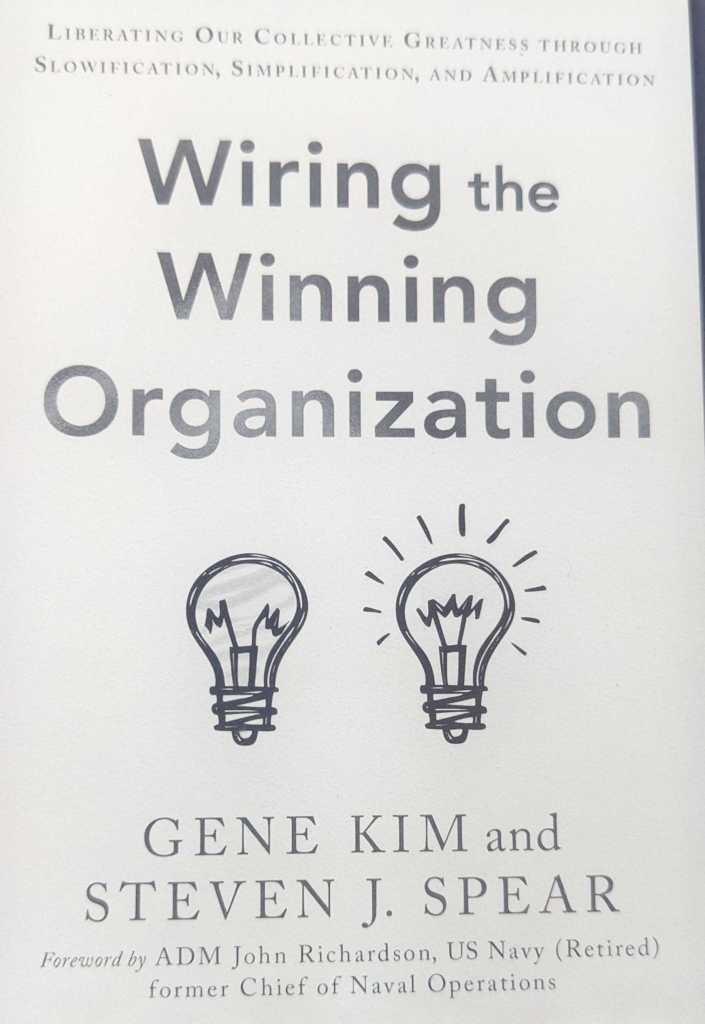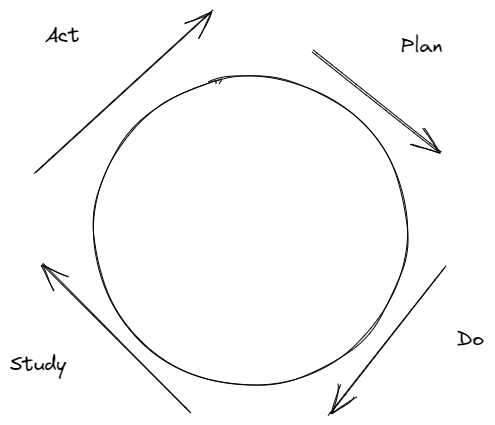
I am interested in how thinking slowly can help me test and I have been reading Gene Kim and Steven Spear’s new book Wiring the Winning Organization: Liberating Our Collective Greatness Through Slowification, Simplification, and Amplification with the Deming Profound Book Club. Spear and Kim acknowledge how Daniel Kahneman, who recently passed away, influenced them when they show thinking slowly helps you improve. They also describe a tool that helps slow thinking.
We can think fast and we can think slowly. We think fast when we are under pressure. We use established habits, routines and heuristics to do this. Fast thinking has its limitations, for example, our biases may guide our decision-making. Fast thinking also does not allow time for us to learn. We need to think slowly so we can improve. [1]
We can apply this to testing. If we use ‘fast’ thinking when testing we may test in the way we always have. If we use ‘slow’ thinking when we test we can view testing as a learning process and learn more about the product we are testing.
If we use ‘fast’ thinking when we automate tests we may follow a known pattern for automating the tests. If we use ‘slow’ thinking when we automate tests we can learn a new way to automate a test or learn more about the application we are testing.
When we test and when we automate there are benefits in “Slowing ourselves down so that we can be more deliberative and self-reflective”[2]
Sometimes I have had to repeat a path of exploratory testing because I tested too quickly and missed something I meant to test. When I repeated the testing I worked through the path slowly tested more slowly and found more issues with the product. I thought slowly when I repeated the testing and found more issues because I was learning more and thinking through the consequences of the tests I was executing.
I have sometimes merged an automated test and then regretted it. This happened because I was thinking quickly and ‘completed’ automating the test using existing patterns. After I had merged and thought slowly about the test, I realised there was a better way to automate the test, and I refactored the test.
Spear and Kim recommend ‘slowification’ which they define as “shifting problem-solving from performance (operation, execution) back to practice (preparation) and planning”[2]. They say that “Dr. W. Edwards Demings learning cycle of Plan-Do-Study-Act (PDSA) is a tool to encourage slowification”[3]. Testers can use the Plan-Do-Study-Act cycle to slow down our testing and automating so that we need to learn more while testing and automating. We can:
- Plan our testing or automation
- Do out testing or automation
- Study our testing or automation
- Act on what we learn from the Study
- And then repeat the cycle
If we use Plan-Do-Study-Act we will slow our thinking by studying what we are doing and acting on what we learn. We can use the Deming Cycle as a tool to help us slow our thinking because the cycle includes making time to study.
We can achieve more as testers if we slow our thinking and use the Deming Cycle to do so.
References
[1] Wiring the Winning Organization: Liberating Our Collective Greatness Through Slowification, Simplification, and Amplification by Gene Kim and Steven Spear (2024, Chapter 4)
[2] Wiring the Winning Organization: Liberating Our Collective Greatness Through Slowification, Simplification, and Amplification by Gene Kim and Steven Spear (2024, Chapter 3)
[3] Wiring the Winning Organization: Liberating Our Collective Greatness Through Slowification, Simplification, and Amplification by Gene Kim and Steven Spear (2024, Chapter 5)
